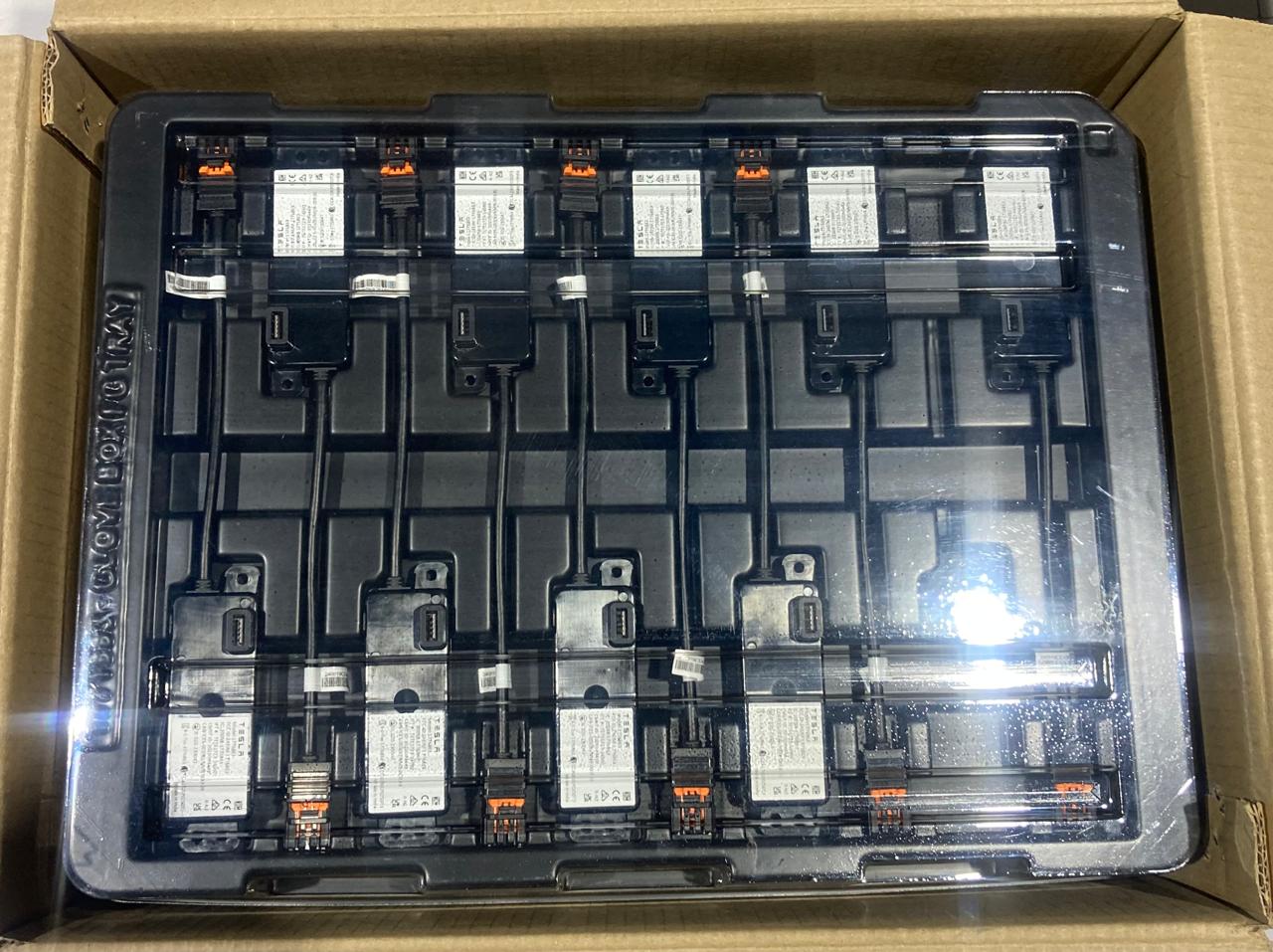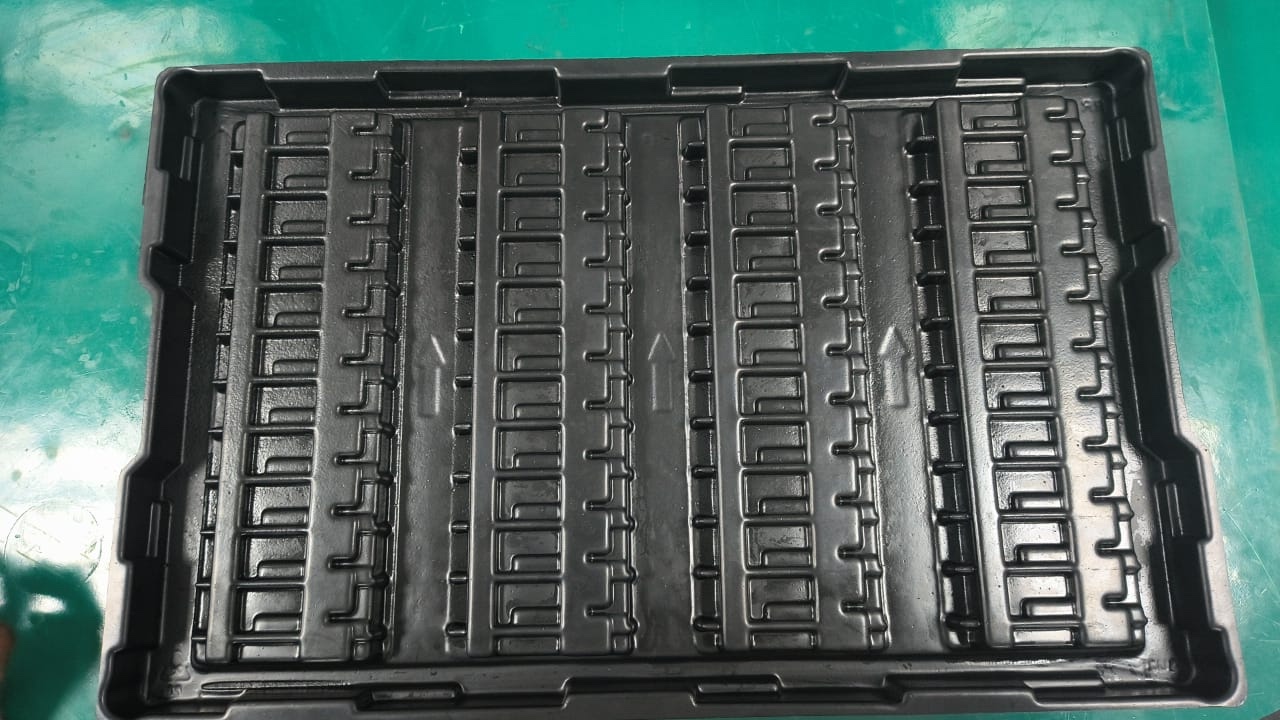Dedicated Customer Teams & Agile Services
Thermoforming describes the process of heating a thermoplastic sheet to its softening point, stretching it over or into a single-sided mold, and holding it in place while it cools and solidifies into the desired shape. The thermoplastic sheet is clamped into a holding device and heated by an oven using either convection or radiant heat until it is softened. The sheet is then held horizontally over a mold and pressed into or stretched over the mold using vacuum pressure, air pressure, or mechanical force. The softened sheet conforms to the shape of the mold and is held in place until it cools.
The excess material is then trimmed away and the formed part is released. Excess material can be reground, mixed with unused plastic, and reformed into thermoplastic sheets.
ESD Trays Manufacturing for EMS Industries
Introduction
In the fast-paced world of Electronics Manufacturing Services (EMS), protecting sensitive electronic components from electrostatic discharge (ESD) is critical. ESD trays provide a reliable and efficient solution for handling, storing, and transporting electronic parts while ensuring compliance with industry safety standards.
Importance of ESD Protection in EMS
Electrostatic discharge can cause significant damage to electronic components, leading to product failures, increased costs, and potential safety hazards. To mitigate these risks, EMS industries rely on ESD-safe materials and handling solutions such as ESD trays.


